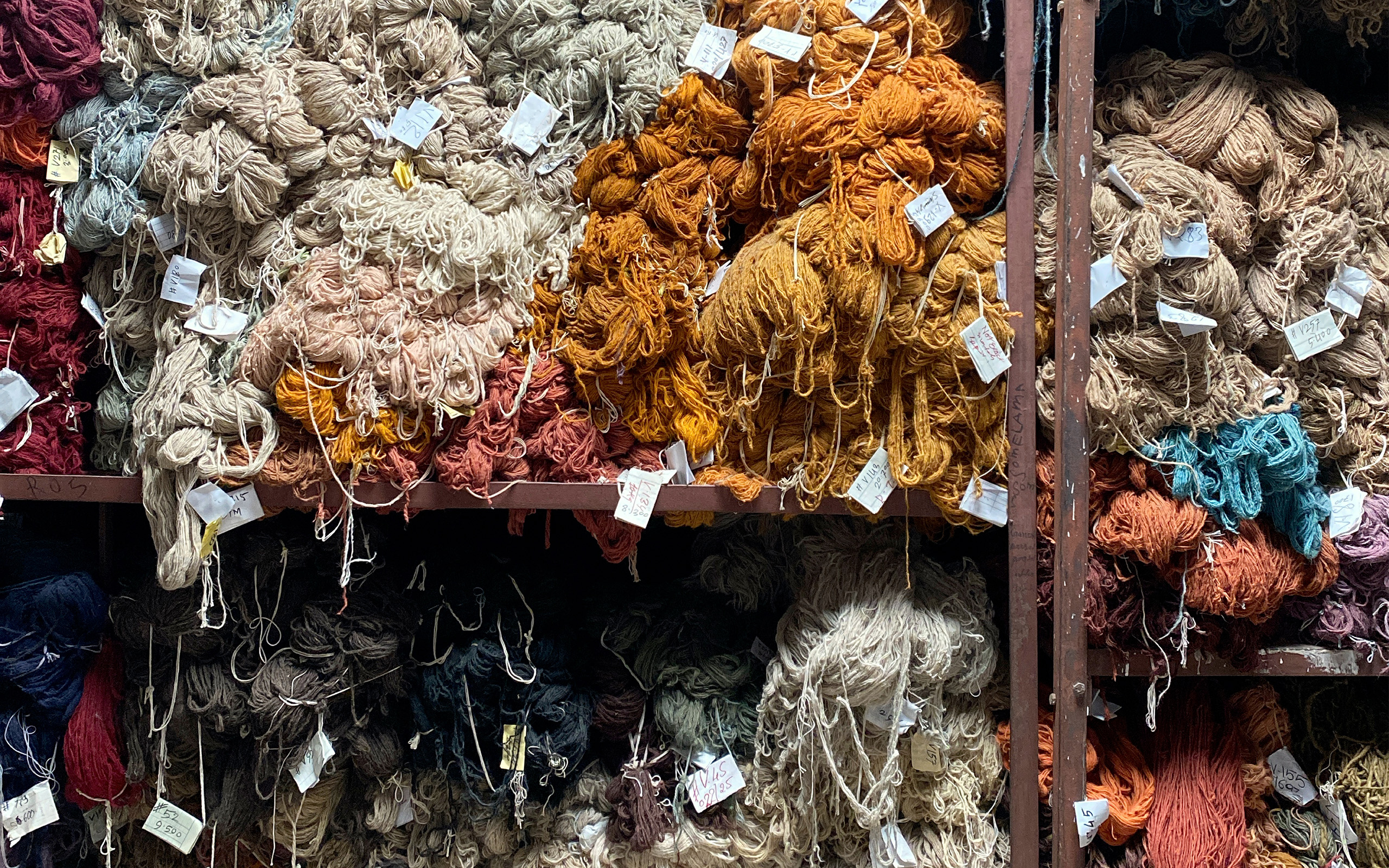Harvesting the Studio | Kasthall
The process of making custom or bespoke rugs and carpets is one that has many benefits both for the manufacturer as well as the consumer. Consumers enjoy the luxury of specifying each of every detail of the carpet – within the confines of a particular makers capabilities – and individual makers, importers, and retailers realize lower inventory cost and waste as they are not producing full carpets on speculation alone. No matter how efficient the process however there will always be surplus yarn after a rug is finished. ‘There are often two or three spools of a certain colour yarn left over after weaving a rug. This is because we make a few extra spools in case we need to redo something during the production process.’ explains Ellinor Eliasson, a designer at Swedish carpet house Kasthall.



